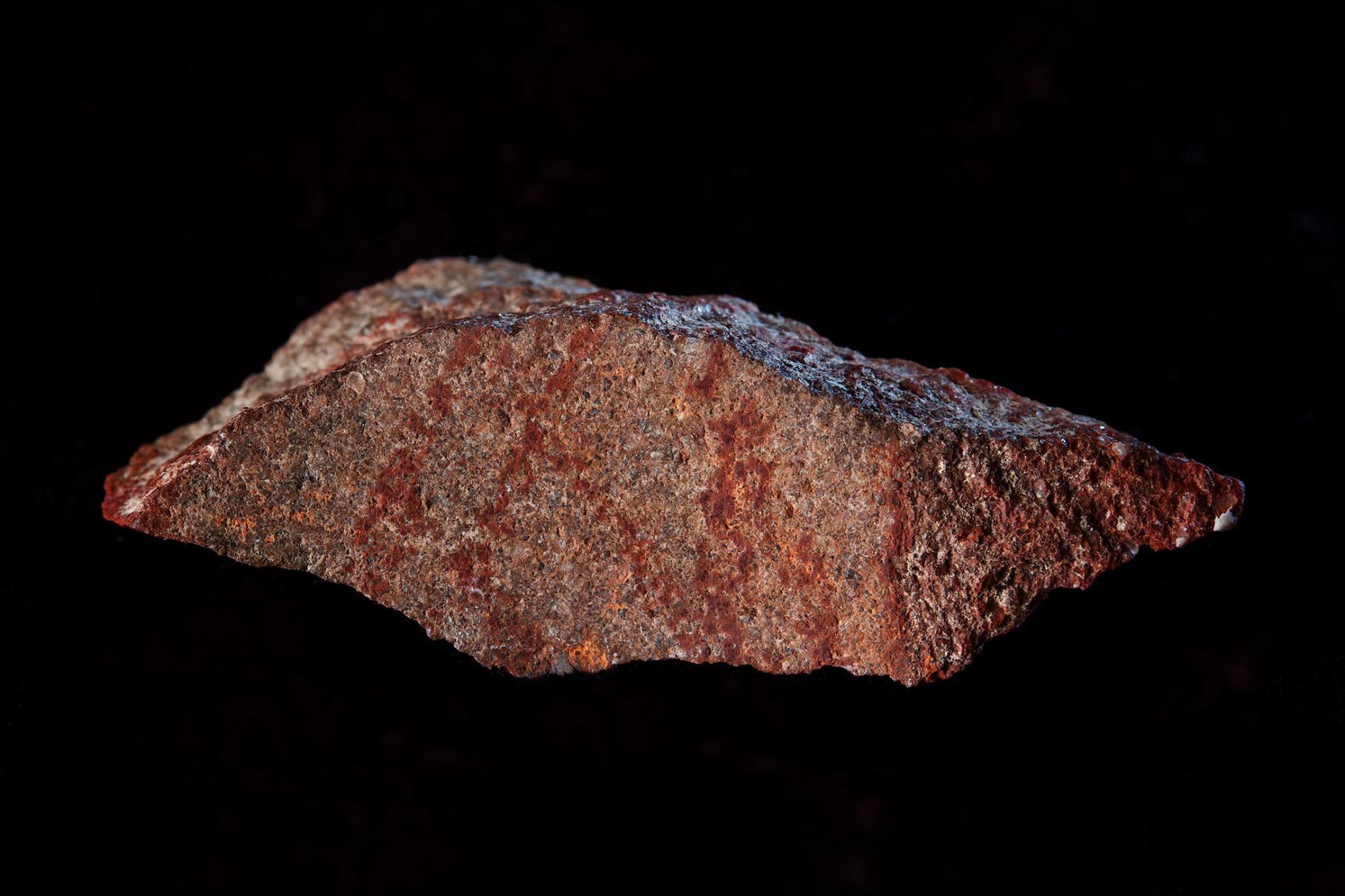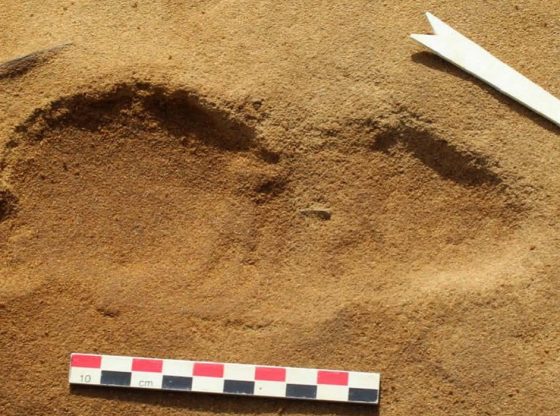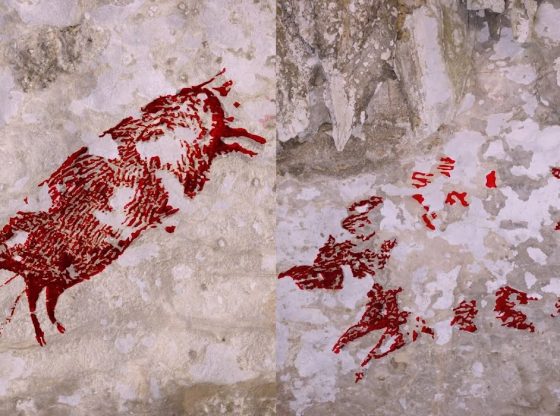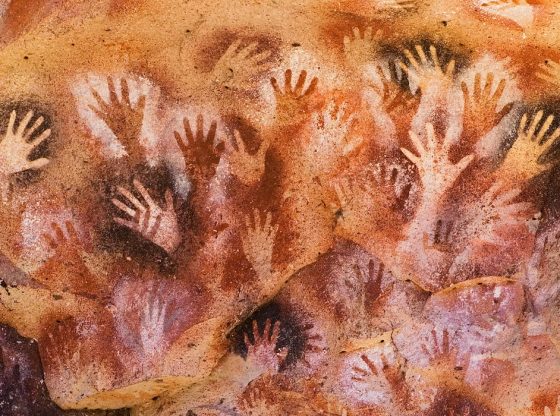
Researchers have reported the discovery of the oldest known drawing in a cave on the southern coast of South Africa, according to a study published in the journal Nature.
Archaeologists found the marked stone fragment as they sifted through spear points and other material excavated at Blombos cave in South Africa. It has since taken seven years of tests to conclude that a human made the lines with an ochre crayon 73,000 years ago.
It was found in The Blombos Cave, that has been undergoing excavation since 1991 with deposits that range from the Middle Stone Age about 100,000 to 72,000 years ago, to the Later Stone Age about 42,000 years ago to 2,000 years BCE. Located on the southern tip of South Africa, about 300 kilometers east of Cape Town, the cave complex has proved a treasure trove of ancient human artifacts.
The researchers used microscopic and chemical analysis to determine that the pattern is not part of the stone and was intentionally drawn using a primitive pointed crayon made from red ocher—a natural clay earth pigment. This likely had a tip measuring between 1 and 3 millimeters in width, according to experiments conducted to recreate it.
Our microscopic and chemical analyses of the pattern confirm that red ochre pigment was intentionally applied to the flake with an ochre crayon.
According to the study, the stone predates the previous earliest known cave art—found in Indonesia and Spain by 30,000 years. That would significantly push back the emergence of “behaviorally modern” activities among ancient Homo sapiens. It is also older than the recently dated cave art in Europe believed to have been made by Neanderthals.
This notable discovery pre-dates the earliest previously known abstract and figurative drawings by at least 30,000 years.
Inside the cave, scientists have found other evidence of Homo sapiens being crafty from as far back as a hundred thousand years ago and the new discovry is believed to made by Homo Sapiens, and not a distant cousin. The discovery shows “that drawing was part of the behavioral repertoire” of early humans, the researchers write.
The oldest known engraving is a zigzag line that Homo erectus carved onto a shell 540,000 years ago in Indonesia,
Reference:
Christopher S. Henshilwood et al. An abstract drawing from the 73,000-year-old levels at Blombos Cave, South ASeptemberture 12 september 2018. DOI: 10.1038/s41586-018-0514-3






















